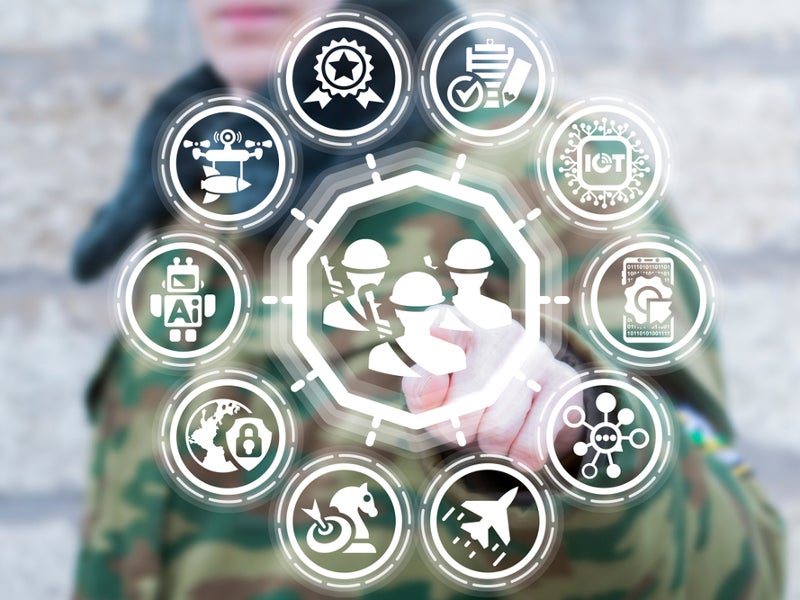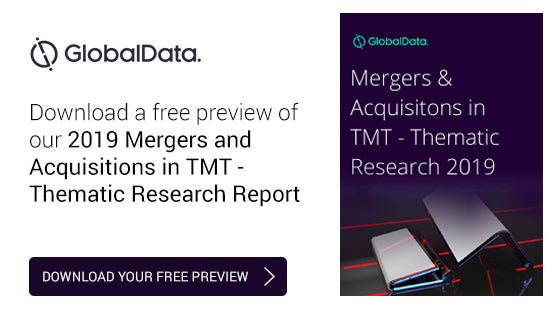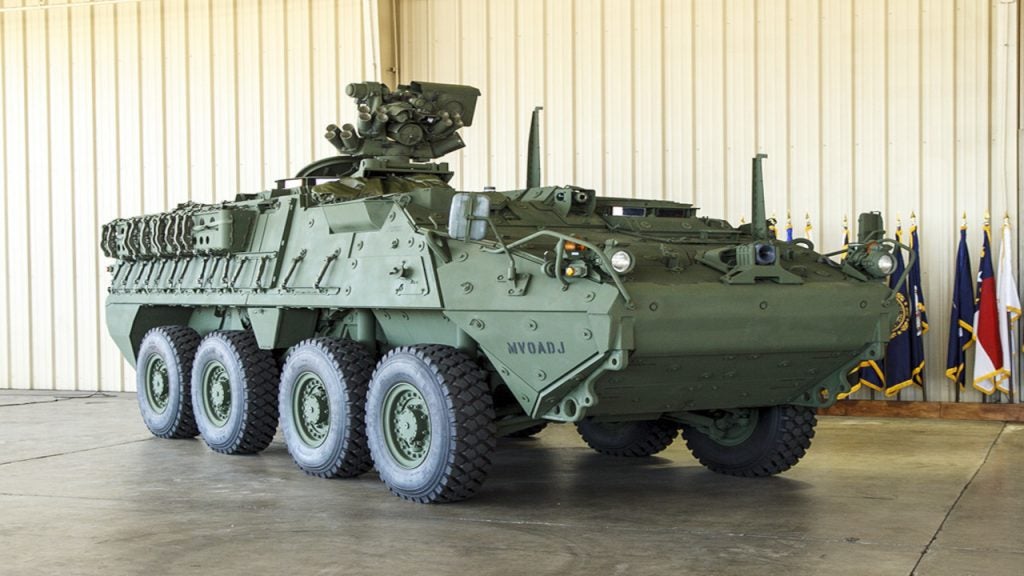Listed below are the key regulatory trends impacting the IoMT theme over the next 12-24 months, as identified by GlobalData.
Personal data
Regulation regarding the access to, and dissemination of, information and databases from defence and security organisations is an issue that will have to be addressed soon, and it will be necessary to continue updating legislation as the technology changes. The topic is even more important when it comes to security organisations or private entities, which have access to citizens’ personal information. The European Union’s General Data Protection Regulation (GDPR) is a step in the right direction, but it will have to continually evolve to follow the industry standards.
Similar regulations exist in other countries as well. For example, the US has followed an incremental approach, as various government bodies have adopted legislation addressing data protection issues in their area of interest, while Canada’s Personal Information Protection and Electronic Documents Act (PIPEDA) addresses personal data exchange in a way similar to GDPR. China has composed its data privacy legislation based on the EU’s GDPR. The minor or major differences reflect each government’s priorities, which could lead to hurdles in both the exchange and protection of data between countries.
Splintering
Besides regulation in accessing and disseminating information, the parties involved in systems integration and data exchange must follow common security processes. Governments are taking steps towards adopting industry best practices, but better results will only come if these are part of a wider agreement on specific rules. However, that is a difficult and highly political process that could lead towards group of countries and companies following differentiated codes of practices, suiting their own specific security needs.
Creating hubs with varied approaches is often described as splintering. A common cause is the desire of certain countries to regulate access to the internet in an effort, among other reasons, to counter cyberattacks.
Standardisation
There is a trend towards multiple sensor capabilities in a single connected device, so microcontroller units (which tell these sensors what to do) are getting more complex. Leaders like NXP and Microchip will likely see a golden age for their products, but ARM (SoftBank) and Intel also wish to dominate this space. There is no common interconnection standard for IoT. As a result, manufacturers who wish to connect their products are forced to use communications chips with several wireless technologies, including 3G, 4G, 5G (in the future), Wi-Fi, Bluetooth, and iBeacon.
How well do you really know your competitors?
Access the most comprehensive Company Profiles on the market, powered by GlobalData. Save hours of research. Gain competitive edge.

Thank you!
Your download email will arrive shortly
Not ready to buy yet? Download a free sample
We are confident about the unique quality of our Company Profiles. However, we want you to make the most beneficial decision for your business, so we offer a free sample that you can download by submitting the below form
By GlobalDataLow power wide area (LPWA) technologies also play an important role in opening up new low-bandwidth IoT applications across all major verticals. Subcomponents manufacturers at this level are a good example that COTS technologies and material will remain important in the development of IoMT.
Auditing
With an increasing number of systems, items, and users or organizations (national and international) becoming interconnected, defence and security organisations will have to carry out audits to reassure that standardisation, security, and interoperability are maintained to a high standard.
For their part, organisations will have to update their procedures, best practices, and assign such tasks either to new agencies that should be formed or to existing ones that will have to reorganize and receive further training to keep up with the latest technologies.
This is an edited extract from the Internet of Military Things – Thematic Research report produced by GlobalData Thematic Research.










Related Company Profiles
ARM Ltd
SoftBank Corp
NXP B.V.
Intel Corp